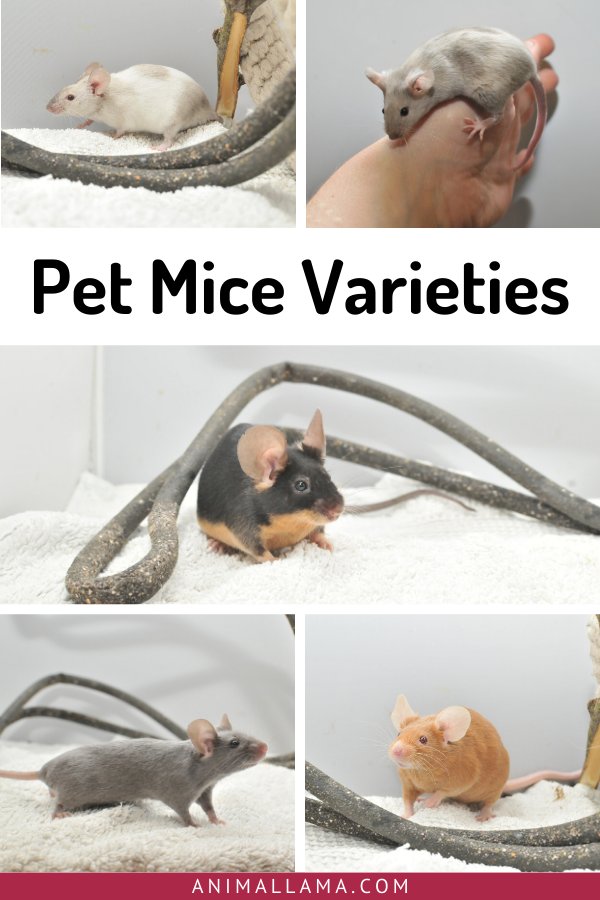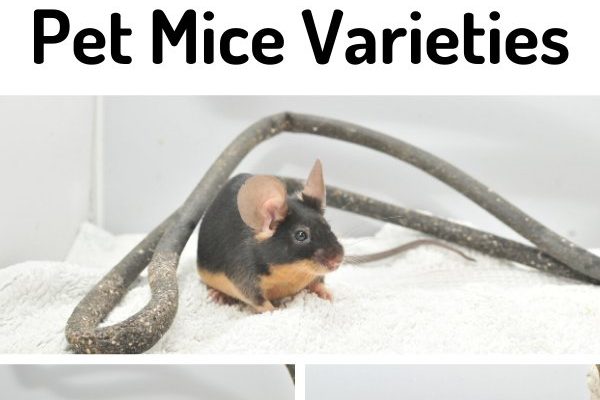
So, what’s the real scoop on hairless mice? Well, they aren’t just a novelty or a trend; they have their own unique needs and behaviors, just like other varieties of pet mice. Let’s dive into the world of these fascinating creatures and see how they stack up against the more common pet mouse varieties. Whether you’re a seasoned pet owner or a curious beginner, you’ll find that each mouse brings its own set of quirks and care considerations.
What Are Hairless Mice?
Hairless mice are exactly what their name implies: mice without fur. They are typically bred to exhibit this trait, and their lack of hair is due to a genetic mutation. They come in a range of colors and patterns, even if they don’t have fur to show them off. Despite their unusual appearance, they have just as much personality as any furry mouse.
While they might seem delicate, hairless mice are quite hardy. Their skin is slightly more sensitive than that of their furry counterparts, so they might need a bit of extra care, especially regarding temperature regulation and skin health. You might be wondering if they require a different habitat than other mice, and the answer is yes! Their skin can dry out, so maintaining proper humidity levels and providing a soft bedding material is crucial.
These mice can also be incredibly social, often forming close bonds with their owners and even with other mice. They may show different behaviors compared to furry mice, which can make them a unique pet. However, this social nature means they thrive in pairs or groups, so if you’re thinking about getting a hairless mouse, consider adopting more than one!
Common Pet Mouse Varieties
There are several types of pet mice, with the most popular ones being fancy mice, Dumbo mice, and standard mice. Each type has its own charm and characteristics.
– Fancy Mice: These are perhaps the most common pet mice. They have various fur types and colors, allowing for a flashy array of patterns. Their friendly demeanor makes them a favorite among families and individuals alike.
– Dumbo Mice: With their unique, down-turned ears, Dumbo mice are as cute as they come. These mice are gentle and social, making them great companions. They tend to have a calm personality, which can make them easier to handle, especially for kids.
– Standard Mice: These are the classic pet mice with erect ears and a variety of fur types. They’re known for their playful nature and are often full of energy. Standard mice are usually very curious and adventurous, which can be entertaining to watch.
Understanding these varieties helps in choosing the right mouse for you, especially if you’re leaning towards the hairless type. Each mouse has its own fun traits, but they also come with different care needs, life spans, and temperaments.
Care Differences Between Hairless and Furry Mice
When it comes to care routines, hairless mice do have some distinct needs compared to their fur-covered friends. Here’s the breakdown:
1. Skin Care: Hairless mice have delicate skin that’s prone to dryness and irritation. Regular checks are essential. You might want to use a gentle, hypoallergenic lotion to keep their skin hydrated, especially if you notice any dryness or flakiness.
2. Temperature Sensitivity: Without fur, these mice can get cold easily. Keep their environment warm, ideally between 70°F to 80°F (21°C to 27°C). A cozy, well-insulated habitat will help them thrive.
3. Bedding Choices: Soft bedding is crucial for hairless mice. Opt for materials like aspen shavings or paper-based bedding that won’t irritate their skin. Avoid cedar shavings, as they can cause respiratory problems.
4. Diet: While all pet mice need a balanced diet, hairless mice might require slightly more protein to help maintain a healthy body. Quality pellets combined with occasional fresh fruits and vegetables will keep them in tip-top shape.
Social Behavior and Temperament
Hairless mice can be surprisingly affectionate. They often seek human interaction and can become quite attached to their owners. They might snuggle up in your hand, looking for warmth and companionship. This is a big contrast to some furry mice, who can be a little more flighty or skittish.
In terms of social dynamics, hairless mice benefit from being kept with a partner or two. They enjoy the company, and you’ll often see them grooming each other or cuddling together. It’s a heartwarming sight! On the other hand, certain varieties of furry mice may be just as sociable, but they can be a bit more territorial, particularly males from certain breeds.
Overall, if you’re looking for a pet that can bond with you, a hairless mouse might be the way to go. Just remember, all mice thrive on interaction, so regular handling and socialization is key.
Health Considerations for Hairless Mice
Like any pet, hairless mice come with their own set of health considerations. Since they lack a protective coat, they may be more susceptible to certain conditions. Here’s what to keep in mind:
– Skin Conditions: Pay close attention to their skin. Look for signs of irritation, redness, or dry patches. If you notice anything unusual, it’s wise to consult a vet who understands small animals.
– Respiratory Issues: Mice are prone to respiratory problems, especially in poor living conditions. Make sure their habitat is well-ventilated and cleaned regularly to minimize dust and allergens.
– Temperature Regulation: As mentioned earlier, hairless mice need to stay warm. Monitoring the temperature in their enclosure is crucial, especially during colder months. You might consider a heating pad designed for small animals, just be sure it’s not too hot!
– Dietary Needs: Healthy nutrition can prevent many health issues. A balanced diet rich in fiber and protein will support their overall well-being. Fresh, clean water should always be available, too.
Ultimately, keeping a close eye on their health will ensure a happy, long life for your hairless mouse.
Cost of Ownership: Hairless Mice vs. Other Varieties
When considering any pet, budget plays a big role. Hairless mice can be slightly more expensive than furry varieties due to their unique breeding. Here’s a look at the cost breakdown:
– Initial Purchase Cost: Hairless mice generally range from $15 to $30 each, depending on the breeder. Fancy mice and Dumbo mice can start around $5 to $15.
– Habitat Setup: Regardless of the type, setting up a comfortable habitat can cost between $50 to $100. Hairless mice may require additional bedding and heating supplies, which might push the overall setup cost a bit higher.
– Ongoing Care: Food and bedding costs can vary, but expect to spend around $10 to $15 a month on supplies for one mouse. Regular vet check-ups can also add to the costs, but it’s important for keeping your pet healthy.
In the long run, consider the costs not just for initial setup, but for ongoing care. It’s often money well spent for the joy these little creatures bring!
Final Thoughts: Choosing the Right Mouse for You
Deciding between hairless mice and other pet mouse varieties is about understanding what you’re looking for in a pet. Hairless mice offer a unique experience with their affectionate nature and distinctive appearance. However, they come with specific care needs that require commitment and attention.
On the other hand, varieties like fancy and Dumbo mice can offer similar companionship with perhaps fewer unique challenges in their daily care. Regardless of your choice, all mice can bring joy and enrichment to your life. Take the time to weigh the differences, think about your lifestyle, and consider what type of mouse would fit best into your family.
In the end, whether you choose a snuggly hairless mouse or a playful furry friend, you’re sure to develop a wonderful bond that will keep your heart warm for years to come!

